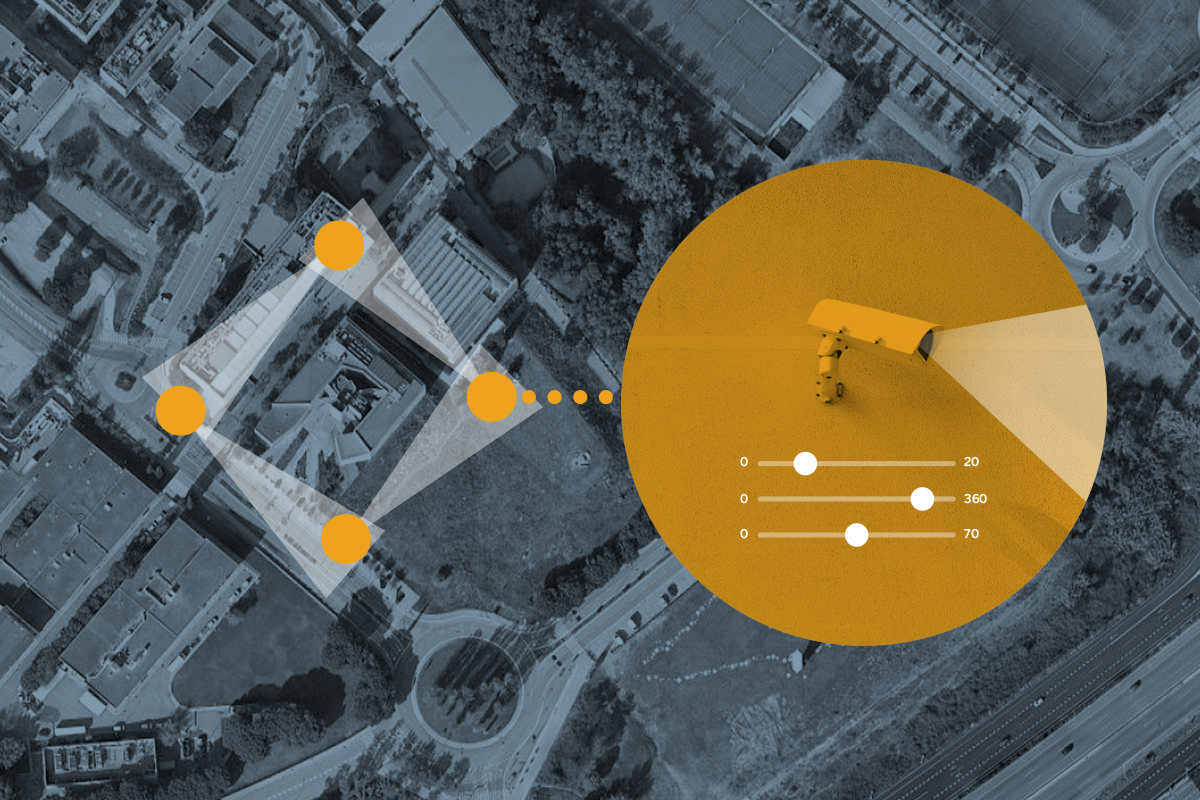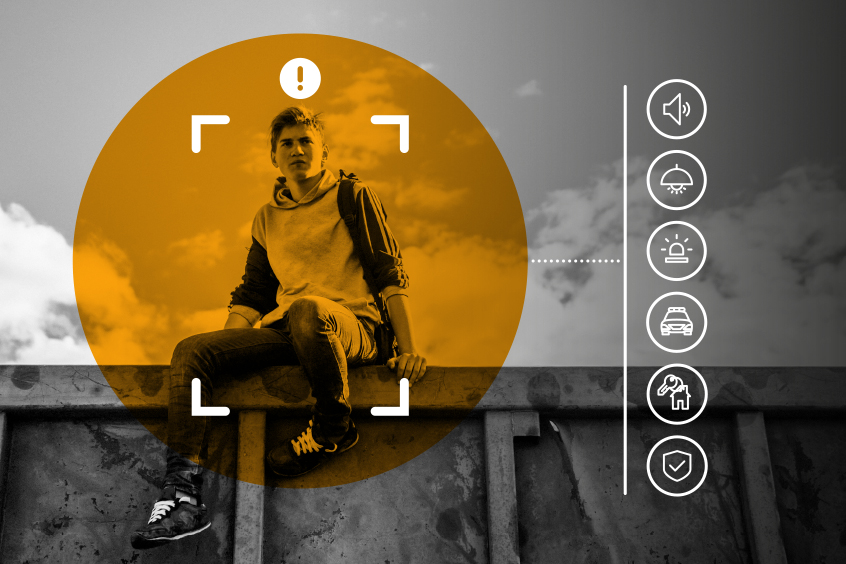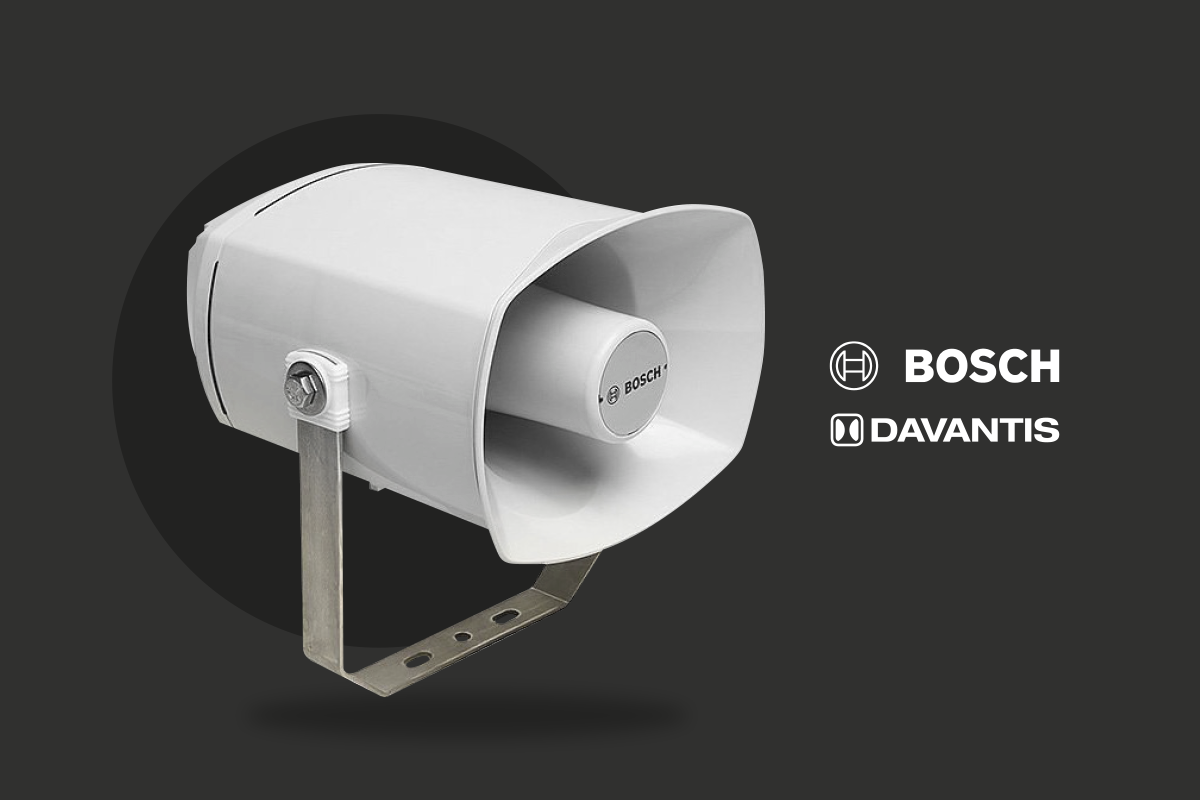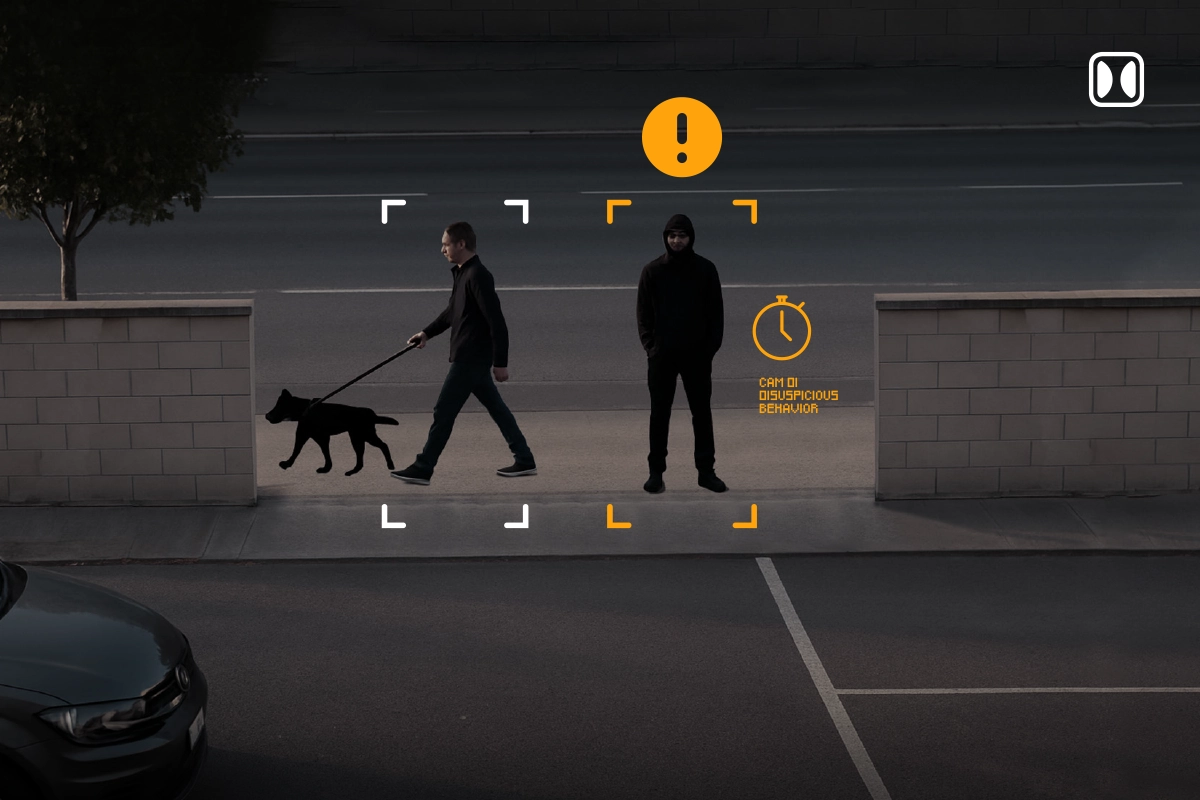How to Plan a Perimeter Security CCTV System Without Errors
Planning a CCTV system for perimeter security is a task that allows no room for error. Any incorrect decision in the design of a video surveillance installation can cause not only operational issues but also significant financial losses. Learn how to efficiently plan your perimeter security project using our specialized Site Planning Tool.
Challenges for the Installer to Plan a Security Project
As an installer, you face numerous technical, financial, strategic, and legal challenges. Therefore, it is essential to design a perimeter security system that offers full coverage, maximum efficiency, and accurate detection of intruders at early stages. The key question is: How can you minimize the risks of error in your security projects? Here we explain!

Common Risks When Planning a Perimeter Security Project
Early Detection of Intruders
Proactive detection is crucial. Identifying potential threats from the start helps prevent unauthorized access and mitigates risks before they become major issues. Achieving this requires adapting the system to the environment through the strategic placement of cameras and sensors, covering all access points and vulnerable areas. Consider the following key factors:
-
Blind Spots or Dead Zones
Ensure that there are no areas without camera coverage, as they could become access routes for intruders. A detailed analysis of the terrain and strategic planning will eliminate these blind spots, ensuring complete perimeter surveillance.Inadequate Perimeter Coverage
The lack of cameras or their poor placement can leave critical areas unsupervised. Properly planning the distribution and calibration of cameras (height, angle, etc.) is essential to achieve constant monitoring in all important areas. -
Poor Image Quality
Choosing the right cameras for your security needs is essential. Factors like resolution, range, and weather resistance must be considered. High-definition cameras with night vision capabilities can enhance surveillance in low-light conditions, while outdoor models ensure reliable performance in harsh environments. Using cameras with inadequate resolution or without night vision capabilities can result in poor visibility and the inability to identify intruders. -
Environmental Factors
Weather conditions like rain, snow, fog, or extreme temperatures can affect the performance and reliability of cameras. It is important to select equipment that is resistant to these conditions and plan their placement to minimize the impact of weather on their operation. -
Power and Connectivity Issues
Inconsistent power supply or unreliable network connections can cause camera failures. Ensure you have a robust infrastructure that guarantees continuous power supply and stable network connections to keep the system operational at all times. -
Overlapping Fields of View
Overlapping surveillance zones between cameras provide redundancy, ensuring that an intruder is always within the field of view of at least one camera. However, excessive overlap can waste resources, leaving other areas without adequate coverage. Balance the overlap to achieve efficient monitoring without compromising security in other zones, increasing the chances of early intruder detection. -
Detection Latency
A security system must operate with the least latency possible to ensure a quick response to any incident. Be sure to optimize all components to minimize delays in communication and data processing.
Covering these aspects not only reduces operational risks but also financial ones. Operationally, a well-designed system minimizes false alarms and false negatives while speeding up intruder detection and verification. Moreover, integration with other systems, such as access control or monitoring software, maximizes efficiency and return on investment.
The Key to Success: Design, Simulate, and Plan
Failing to simulate your security projects can lead to significant technical and legal risks, such as non-compliance with regulations and penalties. Implementing a poorly planned security system could result in security breaches that compromise the installation.
To minimize these risks, you can use our free Site Planning Tool. This platform allows security professionals to design and simulate their setups, ensuring the optimal placement of cameras and sensors. With the Site Planning Tool, you can visualize and adjust your projects based on the terrain’s characteristics, eliminating blind spots, selecting the right cameras, and strategically distributing coverage.
Plan your Security Project and optimize it with the Site Planning Tool!
Try our Site Planning Tool for free and ensure an efficient and effective security system. With DAVANTIS, perimeter security project planning is easier than ever. Take a step forward in perimeter security with the Site Planning Tool!






